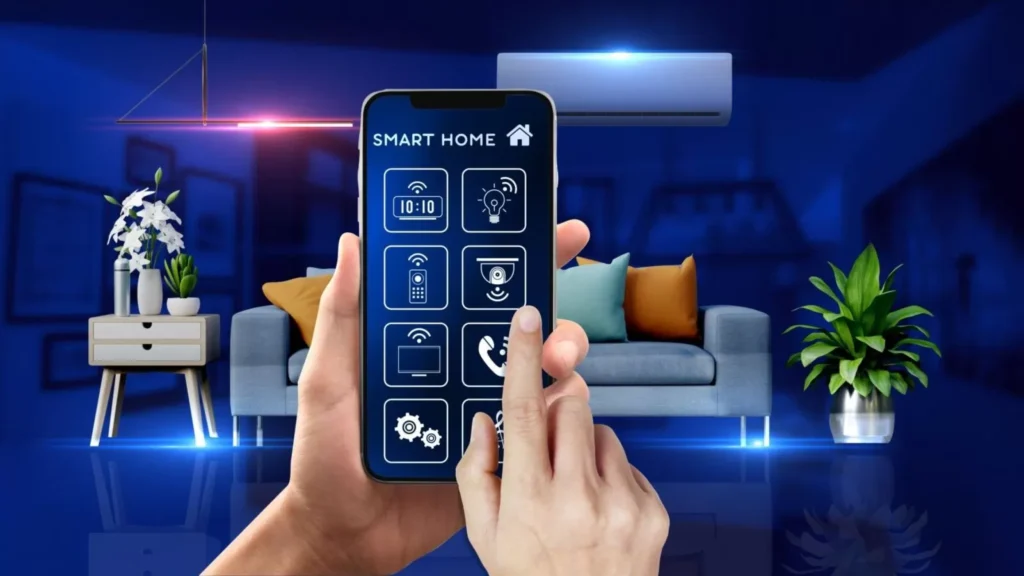
Have you ever wished you could control your electricity bill the way you control your TV remote? Well, welcome to the future, where solar energy and smart home systems are teaming up to give you Solar Home Automation.
In cities like Lahore, Karachi, and Islamabad, where load shedding, high energy costs, and power mismanagement are common headaches, solar home automation integration is the intelligent answer we’ve all been waiting for.
So, what does it actually mean to integrate solar power with smart home systems? Let’s break it down.
What Is Solar Home Automation Integration?
Picture this: Your solar panels are charging your batteries, while your smart system decides when to run your AC, turn off extra lights, and optimize power usage—all without you lifting a finger.
Solar home automation integration combines two powerful technologies:
- Solar power systems that generate electricity from the sun.
- Smart energy management systems that automate, monitor, and control your home’s energy usage.
Together, they form an ecosystem that’s efficient, eco-friendly, and surprisingly affordable—especially in the long run.
Why It’s a Game-Changer for Pakistan
We all know Pakistan’s power infrastructure isn’t exactly perfect. With frequent outages, rising unit prices, and limited grid reliability, it’s high time we stopped depending on just the government.
Solar panels alone are great, but add smart home automation, and now you’re running a mini power plant that thinks for itself.
For example:
- Your smart inverter decides when to pull energy from the solar panels or the stored battery.
- Your system can automatically cut off non-essential appliances during peak usage times.
- You can monitor everything from your smartphone, even when you’re chilling in Murree.
Benefits That Go Beyond the Bill
Let’s look at what you actually get from this integration:
1. Optimized Energy Consumption
No more wastage. Smart sensors and timers ensure lights, fans, and ACs aren’t left running unnecessarily.
2. Load Prioritization
Critical devices (like fridges or Wi-Fi routers) stay on even when there’s a shortage, while non-essential ones shut off.
3. Remote Control & Real-Time Monitoring
Control appliances, check solar output, and even schedule usage through apps like Tuya Smart or Tesla Powerwall systems.
4. Cost Efficiency
Yes, there’s an upfront investment—but your ROI starts showing within 2–3 years. Plus, you may qualify for net metering and government incentives in Pakistan.
Real-World Example: A Home in DHA Karachi
A family in DHA Phase 5, Karachi, installed a 5kW solar setup with a smart energy management system. Within the first month, they noticed:
- 35% drop in electricity bills
- Better energy control from their phones
- No panic during power outages
They no longer just “use” electricity—they manage it smartly.
How to Get Started
Want to dive into this world? Start small.
- Begin with a solar installation from a certified local provider.
- Add a smart energy hub or controller (brands like SMA, Solax, or Tesla are globally trusted).
- Slowly automate lights, fans, water pumps, and ACs.
Already curious? Check out our earlier post: Smart Homes & Solar: Automating Energy Efficiency for a deeper dive into making your home smarter with solar.
Final Thought: Your Home Deserves a Brain, Not Just Power
We’re not just moving toward solar—we’re moving toward smart solar. In a country where every watt matters, turning your home into an intelligent power hub isn’t just smart—it’s necessary.
So, next time you’re planning an upgrade, don’t just go solar—go solar-smart.







